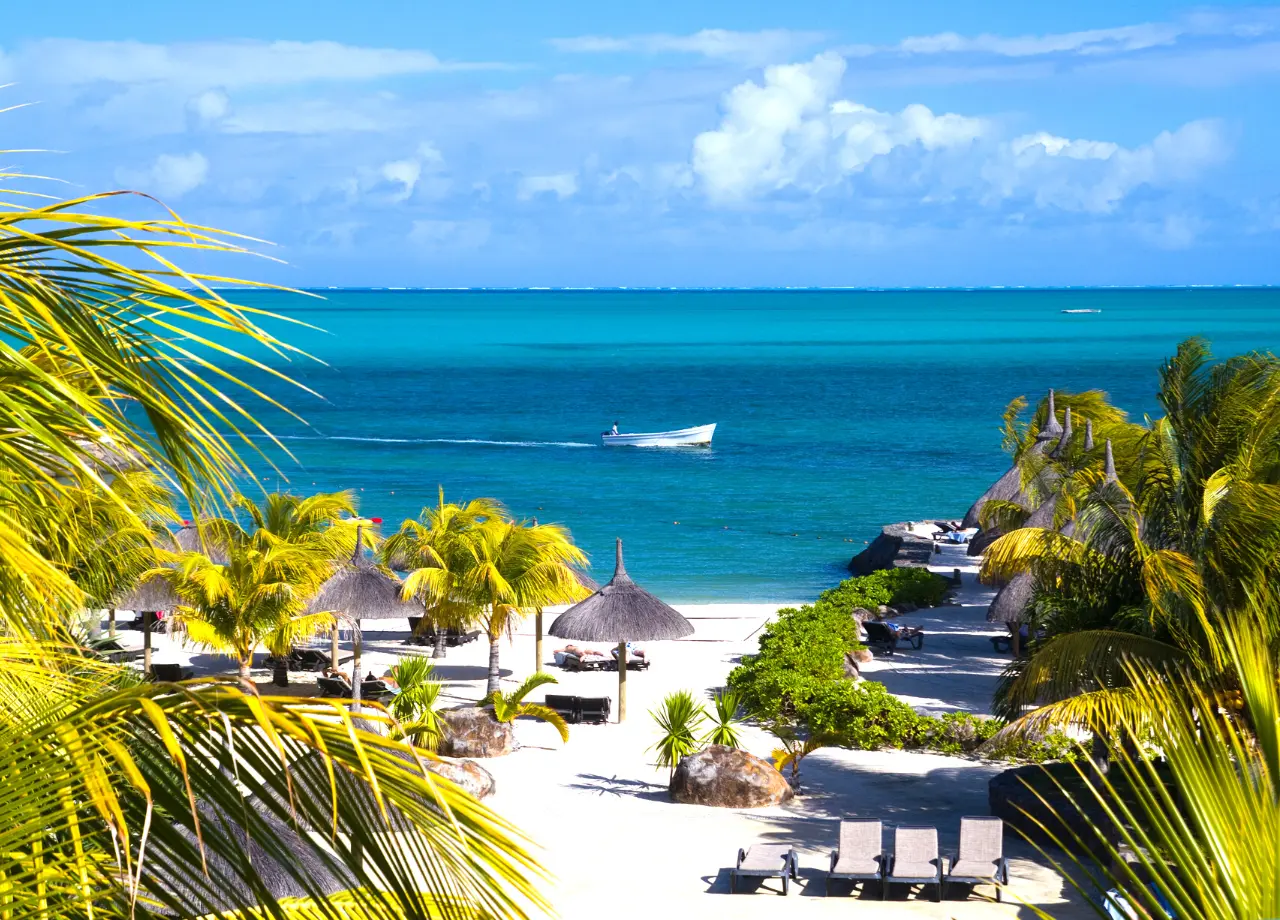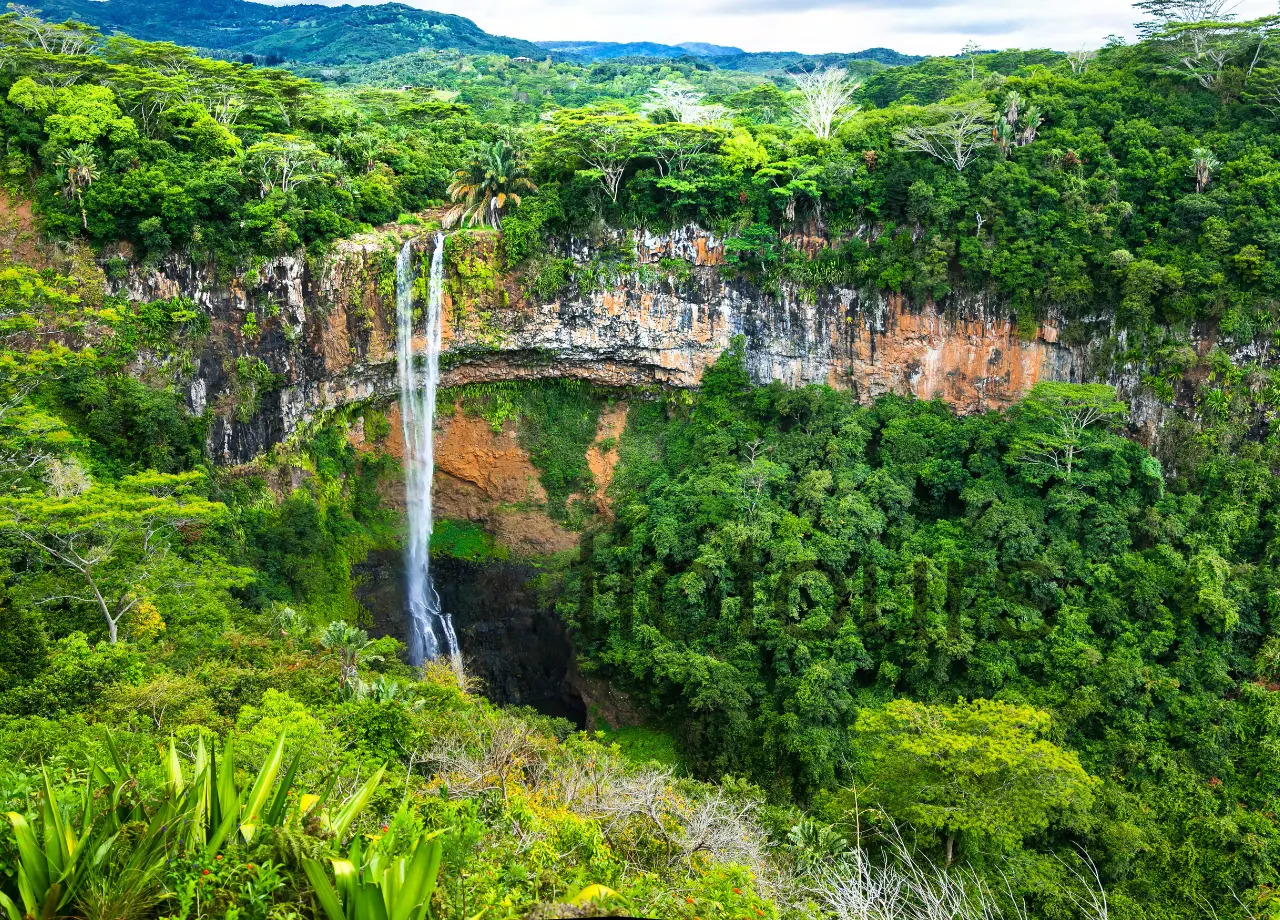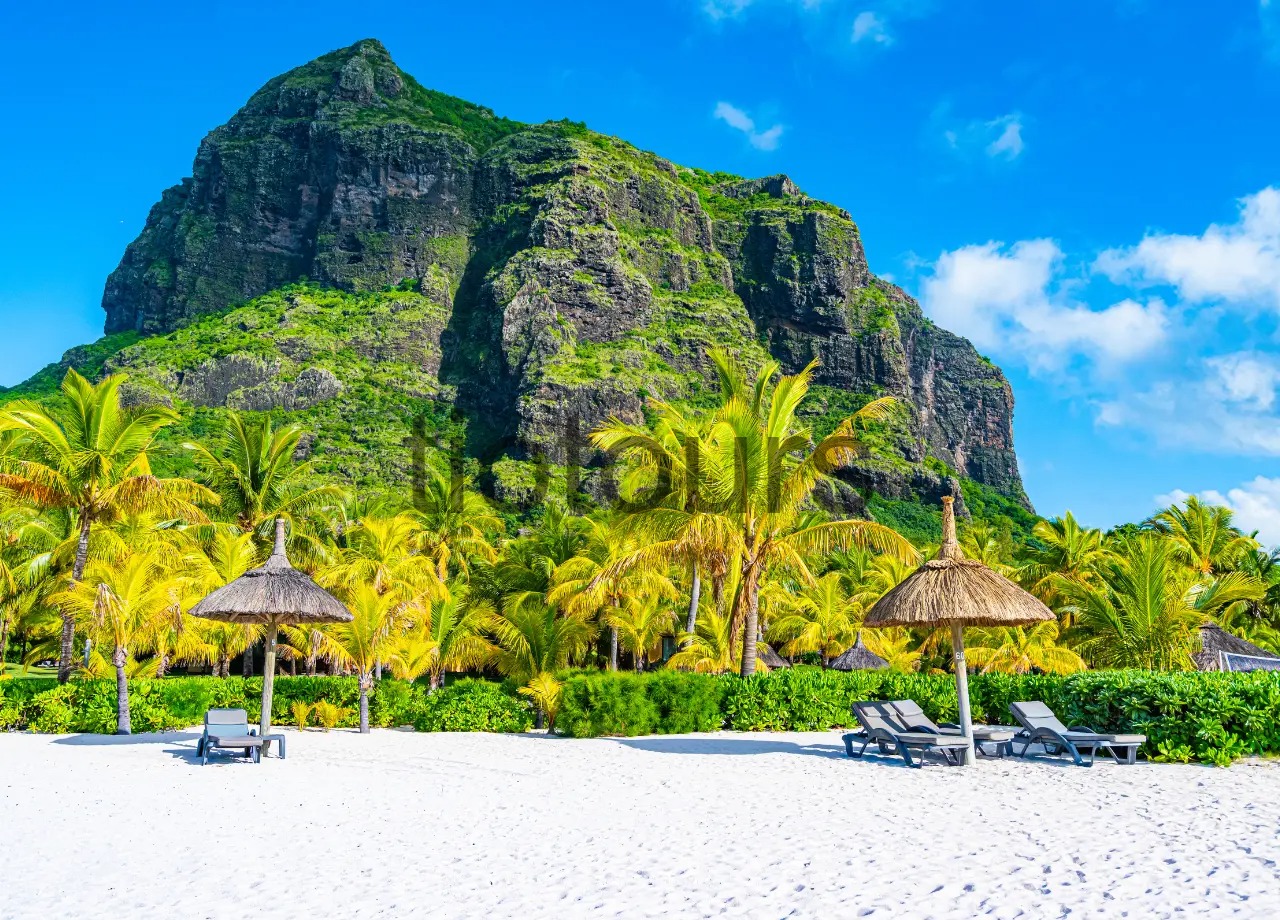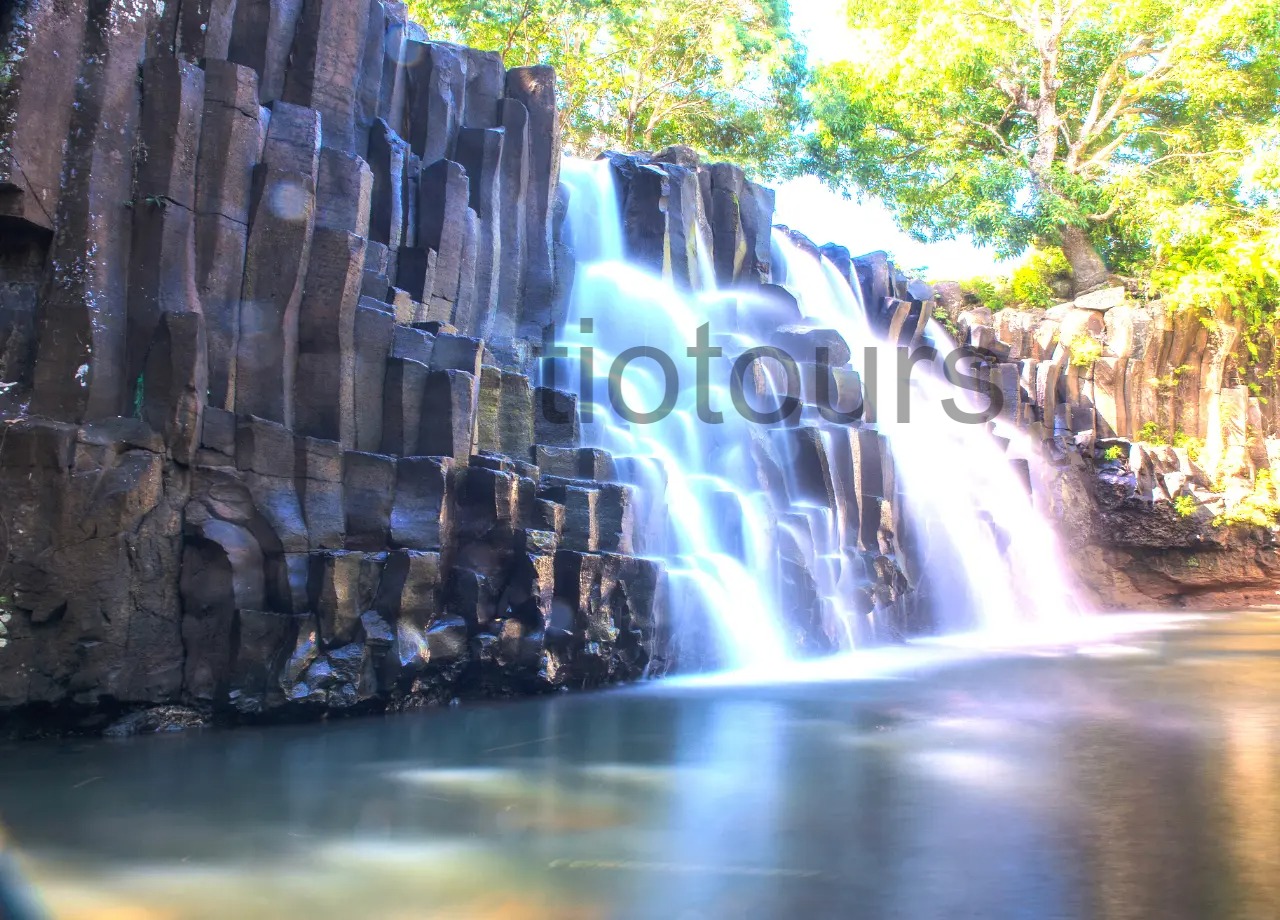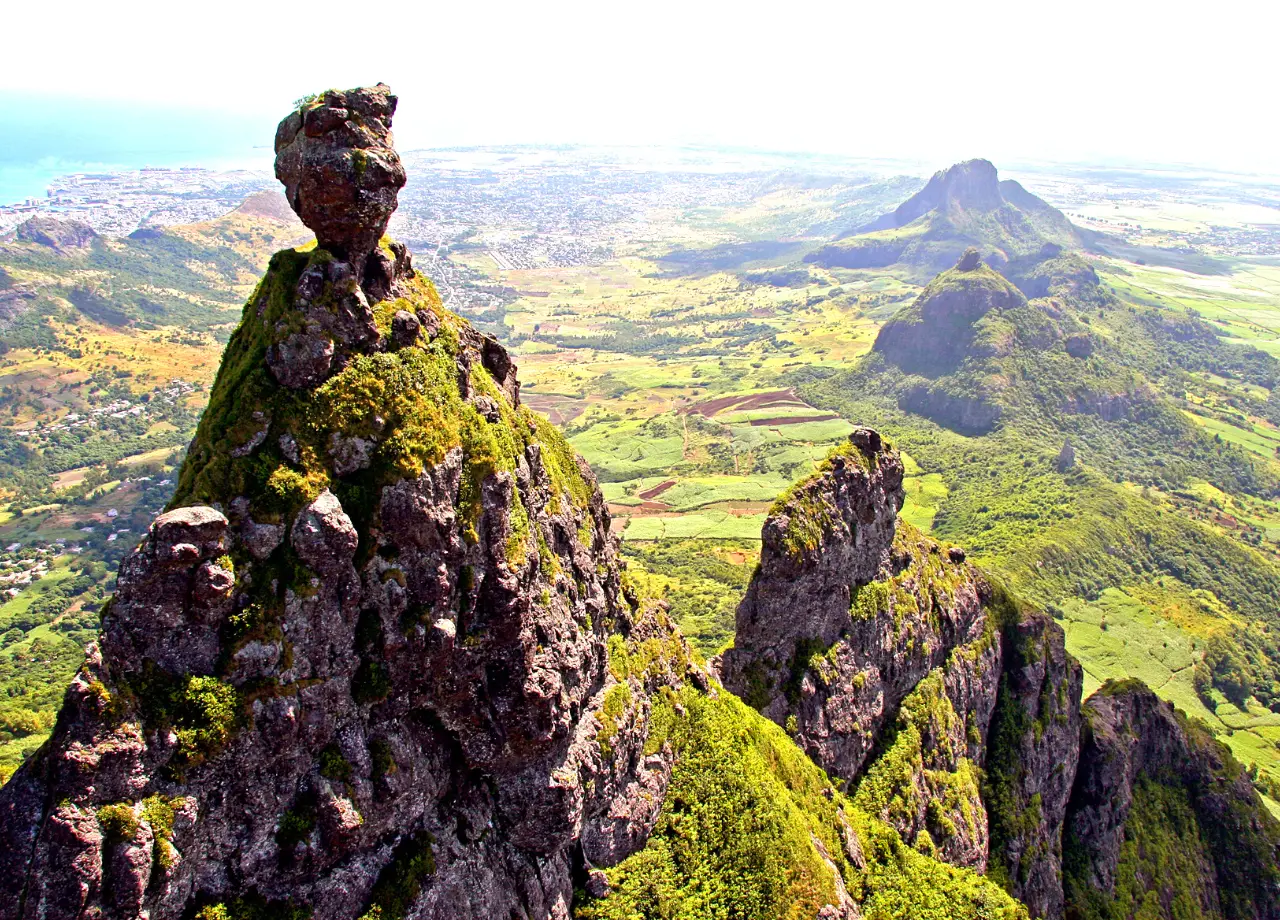NEWSLETTER
Subscribe to our newsletter to get the latest deals and offers.
Mauritius, an Indian Ocean island nation, is known for its beaches, lagoons and reefs. The mountainous interior includes Black River Gorges National Park, with rainforests, waterfalls, hiking trails and wildlife like the flying fox. Capital Port Louis has sites such as the Champs de Mars horse track, Eureka plantation house and 18th-century Sir Seewoosagur Ramgoolam Botanical Gardens.
FEATURED ARTICLE
Black River Gorges National Park is a national park in the hilly south-western part of Mauritius. It was proclaimed on June 15, 1994 and is managed by the National Parks and Conservation Service. It covers an area of 67.54 km² including humid upland forest, drier lowland forest and marshy heathland. Facilities for visitors include two information centres, picnic areas and 60 kilometres of trails. There are four field stations in the park which are used for National Parks and Conservation Service and Mauritian Wildlife Foundation research and conservation projects. The park protects most of the island's remaining rainforest although much of this has been degraded by introduced plants such as Chinese guava and privet and animals such as rusa deer and wild pigs. Several areas have been fenced off and invasive species have been eradicated from them to preserve native wildlife. Many endemic plants and animals still occur in the park including the Mauritian flying fox and all of the island's endemic birds: Mauritius kestrel, pink pigeon, Mauritius parakeet, Mauritius cuckooshrike, Mauritius bulbul, Mauritius olive white-eye, Mauritius grey white-eye and Mauritius fody. --Wikipedia
FEATURED ARTICLE
Le Morne Brabant is a peninsula at the extreme southwestern tip of the Indian Ocean island of Mauritius on the western side of the island. It is highlighted by an eponymous basaltic monolith with a summit 556 metres above sea level. The summit covers an area of over 12 hectares. There are many caves and overhangs on the steep slopes. It is largely surrounded by a lagoon and is a well known tourist attraction. It is also a refuge for two rare plants, the Mandrinette and the Boucle d'Oreille. The peninsula of Le Morne benefits from a micro-climate. The mountain is named after the VOC-ship Brabant that ran aground there on 29 December 1783 on the cliffs. Le Morne Brabant Mountain was submitted to the candidate list of the World Heritage Sites in 2003. In 2008, the nomination process concluded when UNESCO inscribed the site on the World Heritage List. --Wikipedia
FEATURED ARTICLE
Rochester Falls is a waterfall situated in the Savanne district of Mauritius. Highly popular for its rectangular flank rocks, the fall is one of the most popular tourist attractions and the widest waterfall in Mauritius. The waterfall is located on the Savanne River at an elevation of 152 meters above sea level, approximately 2.5 km from Souillac, and it tumbles from a height of about 10 m. Wikipedia
FEATURED ARTICLE
Pieter Both, sometimes referred to as Peter Botte Mountain, is the second highest mountain of Mauritius, at 820 metres tall. The mountain is shorter than Piton de la Petite Rivière Noire by eight metres. It is named after Pieter Both, the first Governor-General of the Dutch East Indies. It is located in the Moka Range. The notable feature of this mountain is the gigantic rock formation at the very top of it, which resembles a human head. The palm species Hyophorbe amaricaulis, famous for being the world's rarest palm today, was once a common sight on this mountain. The first ascent of Pieter Both was by Captain Lloyd, Lieutenant Phillpotts, of the 29th Reg., Lieutenant Keppel, R.N., and Lieutenant Taylor on 7 September 1832. To climb the mountain following the main ridge takes about an hour, and is mildly difficult. It is mainly a scramble, and being exposed, a rope is advised. The dramatic boulder on the pinnacle is about nine metres in diameter, and has several iron spikes fixed to it to aid climbing to the top. The top is flat and about two metres across. --Wikipedia
